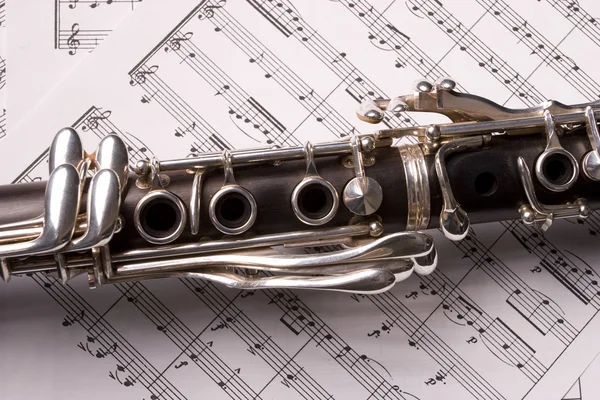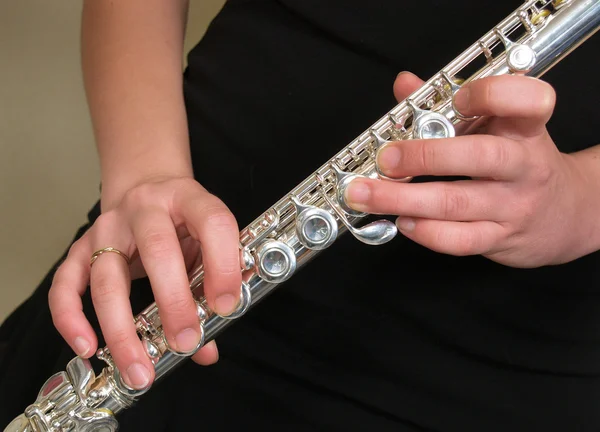
The bass and regular clarinet are both integral members of the woodwind family, but they differ significantly in design, sound, and use. Whether you’re a seasoned musician or someone curious about musical instruments, understanding these differences can help you appreciate the unique qualities of each. This guide will explore what sets these instruments apart while answering common questions about their features, history, and playing techniques.
What Is a Bass Clarinet?
The Basics of the Bass Clarinet
The bass clarinet is a lower-pitched member of the clarinet family, known for its deep and resonant tone. Larger than a regular clarinet, it features a curved neck and a bell resembling a saxophone. Its construction allows it to play an extended lower range, making it a staple in orchestras and jazz ensembles alike.
- Primary Features:
- Larger body and longer tube.
- The metal bell for enhanced projection.
- Keys are designed for a broader range of notes.
History of the Bass Clarinet
The bass clarinet has a rich history, originating in the early 18th century. Initially used sparingly in orchestras, its role expanded with composers like Wagner and Stravinsky, who utilized its deep tones to add depth to their works. In modern music, its use spans classical compositions, jazz, and even film scores.
What Is a Regular Clarinet?
Understanding the Regular Clarinet
The regular clarinet, often referred to as the soprano clarinet, is a versatile instrument used in a wide range of musical genres. It is most commonly pitched in B♭, providing a bright, clear sound that’s essential in orchestral and solo performances.
- Common Uses:
- Classical symphonies.
- Concert bands and solo performances.
- Modern genres like pop and rock.
Clarinet Variations in the Woodwind Family
The clarinet family includes instruments such as the Eb clarinet and alto clarinet, each offering distinct tonal qualities. While the bass clarinet provides depth, the regular clarinet’s smaller size enables agility and precision in faster passages.
How Does the Bass Clarinet Differ from the Regular Clarinet?
Differences in Size and Construction
One of the most noticeable differences between the two instruments is their size. The bass clarinet is much larger, with an extended tube and additional keys that allow it to reach lower notes. This contrasts with the regular clarinet, which is more compact and easier to handle for beginners.
- Bass Clarinet Features:
- The metal bell for richer tones.
- Curved neck for ergonomic playability.
Tonal Range and Sound Characteristics
The tonal range of the bass clarinet is significantly deeper, capable of producing a warm, resonant sound that’s ideal for basslines and harmonies. In comparison, the regular clarinet delivers a brighter and more piercing tone, making it suitable for melody lines.
Playing Techniques and Difficulty Levels
Playing the bass clarinet requires a different approach, particularly in breath control and fingering techniques due to its size. Beginners often start with the regular clarinet before transitioning to the bass clarinet to build foundational skills.
Why Choose a Bass Clarinet Over a Regular Clarinet?
The bass clarinet is often chosen for its unique sound profile and its ability to fill the lower registers in ensembles. Jazz musicians and orchestral players alike value its versatility and depth. If you’re looking to explore genres that require a broader tonal range, the bass clarinet might be the perfect choice.
- Ideal for:
- Adding depth to orchestral pieces.
- Creating distinctive basslines in jazz.
- Exploring avant-garde and experimental music.
How to Choose the Right Clarinet for You?
Factors to Consider
When deciding between the bass clarinet and the regular clarinet, consider your skill level, musical goals, and the type of music you’re interested in.
- Beginner Recommendation: Regular clarinet.
- Advanced Recommendation: Bass clarinet for added versatility.
Popular Brands and Models
For beginners, brands like Yamaha and Buffet Crampon offer reliable models for both bass clarinets and regular clarinets. Professionals might explore Selmer or Leblanc for higher-end instruments.
Maintenance Tips for Your Clarinet

Proper care is essential for maintaining the longevity of your instrument. Clean the reeds, wipe down the keys, and store the clarinet in a protective case to prevent damage.
Conclusion
Both the bass clarinet and the regular clarinet have their unique strengths and appeal. Whether you’re drawn to the deep, resonant tones of the bass clarinet or the agile, bright sound of the regular clarinet, each offers a distinct musical experience. By understanding their differences, you can make an informed choice and explore the rich world of woodwind instruments.
FAQs
What makes the bass clarinet unique?
The bass clarinet is unique due to its deeper tonal range, larger size, and ability to add richness to both orchestral and jazz ensembles.
Is a bass clarinet harder to play than a regular clarinet?
Yes, due to its size and the additional breath control required, the bass clarinet is generally more challenging for beginners.
What is the tonal range of a bass clarinet?
The bass clarinet extends to lower octaves, offering a rich, resonant sound that complements the higher-pitched regular clarinet.
Can beginners start with a bass clarinet?
While possible, most beginners start with a regular clarinet to develop foundational skills before transitioning to the bass clarinet.
What are some popular brands of bass clarinets?
Popular brands include Yamaha, Selmer, and Buffet Crampon, all known for their quality and reliability.



